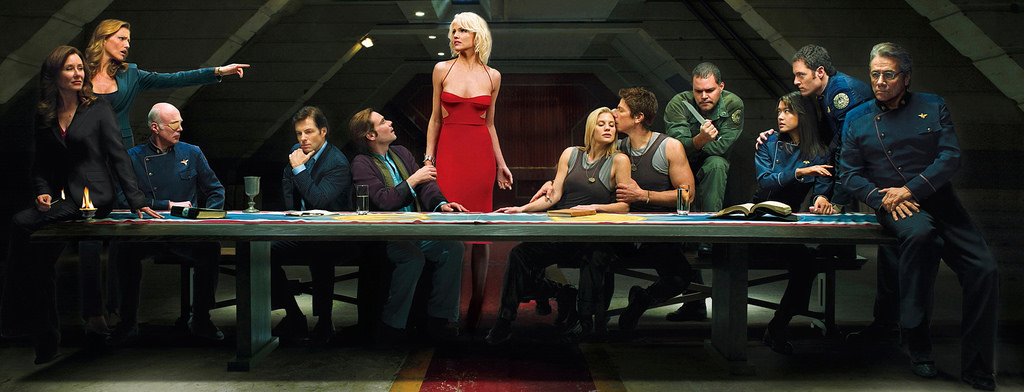CGG President Rodney Barnes begins a series about how a Gamemaster can be a Servant to their roleplaying group.

Too many personalities to handle?
How big should your RPG group be?
There is not a set answer to the question of how big your group should be. But here are some helpful guidelines to help you in establishing a group size.
- Before you start the game you do need to: Decide upon what system you want to run. How much of it you want to be contest or combat, versus interaction. And how long you want the game sessions to last. Also, how often you meet to game. After you have all that, then decide upon how many players you want at your table.
- How you as a GM interact with people is a good starting place. If you’re like me, an extrovert, and believe the axiom “the more the merrier,” you are going to have a different answer than the Hikikomori venturing out of his apartment to meet a girl in the nearby park for the first time in several years (if you get the reference, you earn a brownie point!). Simply ask yourself this question; “How many people do I feel I can comfortably lead in a small group discussion?” That is your starting point.
- What is the party size recommendation for the game system you are playing? Some game systems actually have recommended party sizes. Early 1st Edition AD&D Adventures had recommend party sizes as high as 13. In 4th Edition D&D the party size is 4. In 5th Edition D&D the party size is 5, but 6 is allowed in Adventures League. In Pathfinder it is 5, with 7 allowed in Pathfinder Society. In Shadowrun it is 5, with 6 allowed in Shadowrun Missions. The old RPGA had a limit of 6 players. So if you look at the historical recommended party size (not the maximum limit) of organized play RPGs and the recommended party size for most RPGs in general, you will find the average number is 5 Characters. NOTE: I said Characters, not Players. Going back to point 1 above, if you can only handle 3 people, and the systems says you should have 5 Characters… then let two of them run two characters each. But don’t let people run more than two characters each for a myriad of reasons.
- TIME: Time is also a major factor in how many players you should have at the table. Here is where the GM Time to Player Ratio comes into play. Take the hours of the game, and divide it by the number of Players not counting the GM. So if you have five players, and the game is five hours long, then you have a factor of 5. Now, assess how much time you spend actually Role Playing or interacting outside of combat versus how much time you spend in combat. You can make an estimate of this as percentage and apply it to your game time. So if you spend 50% of your time fighting, then 50% of your time is spent on interaction. So if your five person game is five hours long, then you spend 2.5 hours on interaction. Now divide the Interaction time by the number of players. So 2.5 hours divided by five is 0.5. So the Player to GM Time interaction factor is only 0.5 hours per player. So that five person game spent playing for five hours only has an average of a half-hour of interaction between the GM and the Player not related to combat. If your Interaction number is 0.5, your Combat number is also 0.5 if your games are 50/50 combat to interaction. Some game systems are 90% interaction, while others are 90% combat. Some game systems, like 4th Edition D&D for example, had “Skill challenges”, where interactions become a kind of contest or “combat” of sorts. Those would count as “combat” for our purposes here. The higher that interaction number, the more successful the group dynamic will be. But, too high a number will also hurt the game if it is more combat or contest oriented.
- Now the most complex part of this; the players themselves. Are your potential players more combat/contest oriented, or more interaction oriented? What is their worldview like? What are their personalities like? Are they Introverts or Extroverts? These are complex questions that take time to answer and probably will not be answered well enough for your purpose of deciding how many players to have at a new game.
- How much of a Servant are you willing to be to your players? How far out of your comfort zone are you willing to go to serve your players? These questions also play a role in how many players you will want to have at your table. If you have introverts and extroverts in the group, you will see the energy levels of the players go in two different directions. The extroverts will get more animated and interactive as the game progresses. The introverts will get less animated and less interactive as the game progresses if the number of players is too high. That is something to consider when determining the number of players at your table.
So to answer the question simply: As many as you think you’ll still have fun and they will have fun playing it.
